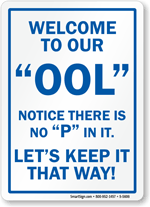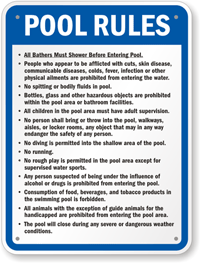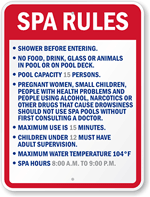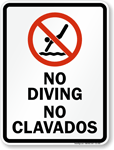Who’s to blame for Norwegian cruise ship drowning?
On first blush, the news of a recent drowning on a Norwegian cruise ship seems like an open and shut case.
The facts are these: Two boys were found unresponsive in the ship’s adult pool. Despite CPR efforts, the 4-year-old boy died; his 6-year-old brother survived, though it’s unclear if he suffered brain damage as is often the case in near drownings.
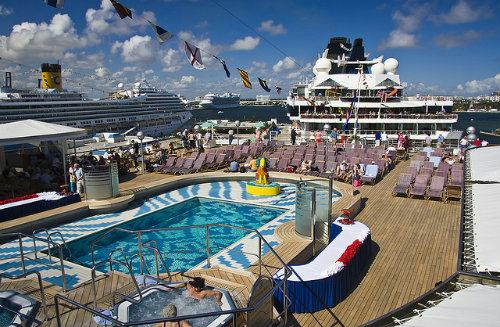
Two children recently drowned in a pool like this one on a Norwegian cruise ship. By Phil Comeau.
The FBI is now investigating. Verdict: The ship didn’t have lifeguards. Tragedy resulted. Cruise ship company at fault. The case becomes even more damning when you start to do a little Googling and find out that this is one of 4 drownings or near drownings in about the last 9 months all aboard cruise ships. People who learn about this situation are often appalled, protesting generally, “It’s criminal. There ought to be a law!”
“How can this happen? Why was there no lifeguard on board? These cruise ships are money-making cash cows and [make you] pay $11 for one drink. There’s no reason why they can’t supply a lifeguard at the pools,” said Joe Boris, who witnessed the tragedy and is now vowing to make cruises safer.
For the most part, such outrage is justified. Cruise ships like the Norwegian Breakaway are using new waterpark-style attractions to lure more passengers. Maritime law does not currently require lifeguards on cruise ships. And cruise liner companies likely want to do everything they can to keep it that way since lifeguards are one of the top costs for aquatic facilities.
But the truth is, drownings on cruise ships — and the question of whether lifeguards should be required — actually highlight two separate issues when it comes to water safety. The more obvious one has already played out in the media where the public verdict is similar to Boris’s: Cruise ship companies make lots of money on passengers and they ought to be required to provide safety to its passengers in all aspects. I agree with that sentiment.
But when it comes to water safety, it’s not quite that simple. The truth is, even if a lifeguard had been on duty, this tragedy may still have occurred. Lifeguards are one layer of protection, but all experts agree the most effective layer is a vigilant parent or guardian preferably within arm’s reach of their children. Without that, all bets are off. “Even if there is a lifeguard, parents are the first layer of supervision,” notes Roy Fielding, a member of the American Red Cross Scientific Advisory Council, which oversees water safety initiatives. Parents need to be 100 percent attentive and within arm’s length, “not reading a book or on their phone.”
Remember, drowning happens much more silently and quickly than most people realize. Some would even argue that lifeguards give parents a false sense of security, weakening the all-important parental supervision. Based on the facts available, it seems supervision was lacking in the Norwegian cruise line drowning: What were a 4-year-old and a 6-year-old doing in the adult pool?
So as tempting as it is to blame the cruise ships for the tragedy, responsibility must be shared with the children’s parents or guardians. If reading that makes you angry, I’m glad.
Because maybe the next time you’re supervising children in the water, you’ll remember that, lifeguard or no, their lives depend on you.


